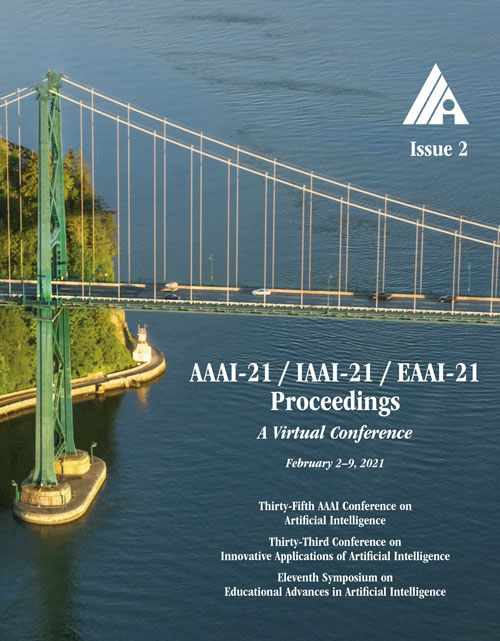MIEHDR CNN: Main Image Enhancement based Ghost-Free High Dynamic Range Imaging using Dual-Lens Systems
DOI:
https://doi.org/10.1609/aaai.v35i2.16214Keywords:
Computational Photography, Image & Video SynthesisAbstract
We study the High Dynamic Range (HDR) imaging problem using two Low Dynamic Range (LDR) images that are shot from dual-lens systems in a single shot time with different exposures. In most of the related HDR imaging methods, the problem is usually solved by Multiple Images Merging, i.e. the final HDR image is fused from pixels of all the input LDR images. However, ghost artifacts can be hardly avoided using this strategy. Instead of directly merging the multiple LDR inputs, we use an indirect way which enhances the main image, i.e. the short exposure image IS, using the long exposure image IL serving as guidance. In detail, we propose a new model, named MIEHDR CNN model, which consists of three subnets, i.e. Soft Warp CNN, 3D Guided Denoising CNN and Fusion CNN. The Soft Warp CNN aligns IL to get the aligned result ILA using the soft exposed result of IS as reference. The 3D Guided Denoising CNN denoises the soft exposed result of IS using ILA as guidance, whose result are fed into the Fusion CNN with IS to get the HDR result. The MIEHDR CNN model is implemented by MindSpore and experimental results show that we can outperform related methods largely and avoid ghost artifacts.Downloads
Published
2021-05-18
How to Cite
Dong, X., Hu, X., Li, W., Wang, X., & Wang, Y. (2021). MIEHDR CNN: Main Image Enhancement based Ghost-Free High Dynamic Range Imaging using Dual-Lens Systems. Proceedings of the AAAI Conference on Artificial Intelligence, 35(2), 1264-1272. https://doi.org/10.1609/aaai.v35i2.16214
Issue
Section
AAAI Technical Track on Computer Vision I

